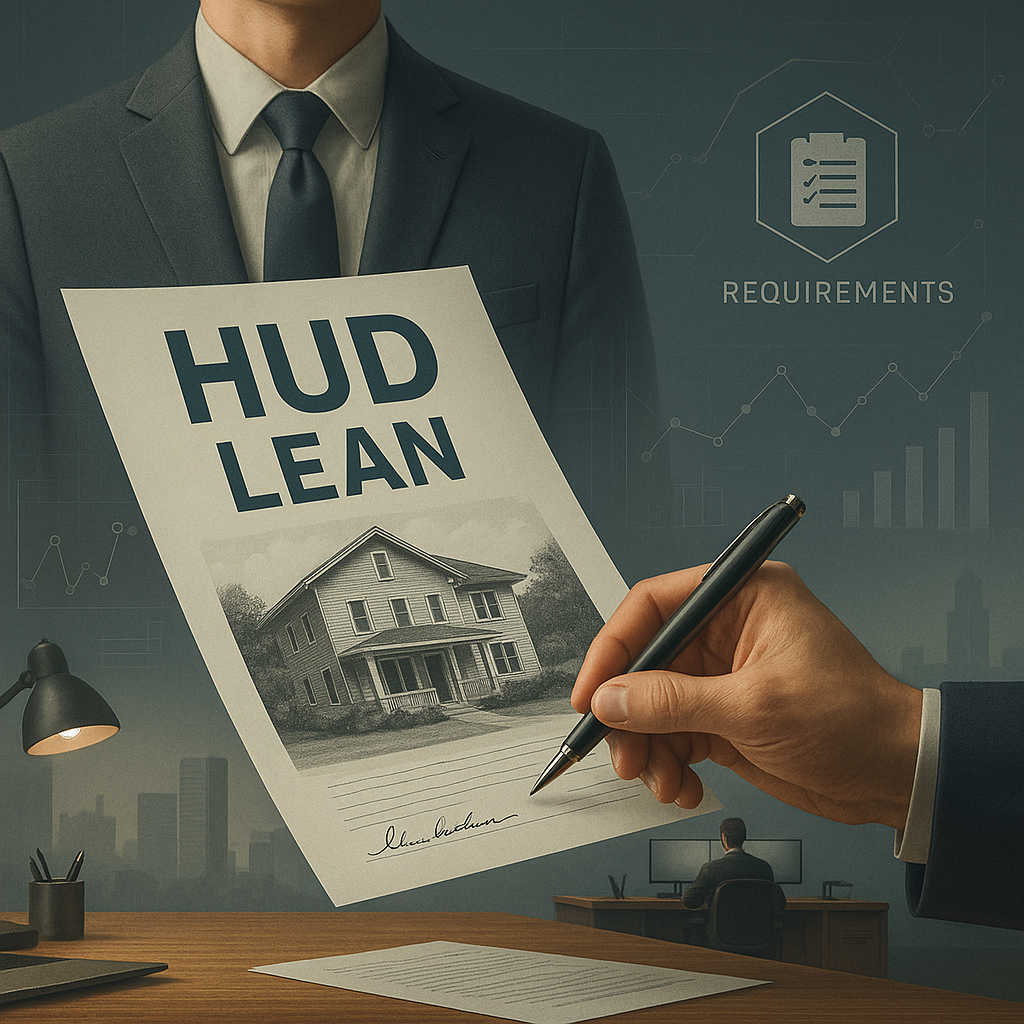As the senior population surges across the U.S., the demand for high-quality assisted living, memory care, and skilled nursing facilities continues to climb. For real estate investors looking to expand into healthcare-backed assets, the HUD 232 loan program presents a powerful, government-insured financing option that combines long-term stability with low, fixed-rate debt.
What Is the HUD 232 Loan Program?
The HUD 232 loan program, administered by the U.S. Department of Housing and Urban Development (HUD) and insured by the Federal Housing Administration (FHA), provides financing for:
- Assisted Living Facilities (ALFs)
- Skilled Nursing Facilities (SNFs)
- Memory Care Facilities
- Rehab and Intermediate Care Centers
This program can be used for new construction, substantial rehabilitation, or the purchase/refinancing of an existing licensed healthcare facility.
Why Investors Should Pay Attention
| Feature | Benefit to Investors |
| Up to 40-year terms | Long-term stability with no balloon risk |
| Fixed, low interest rates | Insulated from interest rate volatility |
| High LTV (up to 85-90%) | Leverage your capital efficiently |
| Non-recourse structure | Limits personal liability |
| Fully assumable loans | Increased exit flexibility for resale |
What Is the HUD LEAN Process?
LEAN is HUD’s special underwriting system designed specifically for Section 232 loans. It was launched in 2008 to replace a slower, more manual system, and its goal is to make the loan process faster, more consistent, and more transparent—especially for repeat lenders and experienced operators in the healthcare space.
The LEAN process evaluates three major pillars:
- Operator
- Must show solid operating history
- HUD looks at past 3 years of performance, especially in similar properties
- Facility
- Must be licensed and meet physical condition standards
- If new or under construction, must show market demand and project viability
- Financials
- Must meet HUD’s benchmarks for:
- Debt Service Coverage Ratio (min 1.45x)
- Sustainable Net Operating Income
- Appropriate reserves and escrows
- Must meet HUD’s benchmarks for:
How Long Does LEAN Take?
- On average: 6 to 12 months, depending on complexity
- It’s faster than HUD’s traditional processes, but still requires deep documentation and planning
- Repeat borrowers with strong track records can often move faster
Key Requirements to Qualify
To take advantage of HUD 232, investors and operators must meet certain standards:
- Eligible Borrowers: Nonprofit, for-profit, and public borrowers which can include developers, builders, investors, public entities, and nonprofit entities.
- Licensed Facility: The property must be licensed for healthcare or assisted living services.
- Experienced Operator: HUD requires experienced management (typically 3+ years of operations).
- Strong Occupancy: Existing facilities should be stabilized with ~80–90% occupancy.
- Minimum DSCR of 1.45x: Investors must show the property can cover debt payments comfortably.
- Environmental & Appraisal Reviews: Like other HUD loans, third-party reports are required.
- Timing: application is submitted within 60 days of initial engagement with HUD
Use of Funds
Whether you’re acquiring a fully leased memory care center or breaking ground on a new SNF, HUD 232 can help you finance:
- Land acquisition
- Vertical construction
- Furniture, fixtures & equipment (FF&E)
- Rehab and upgrades
- Closing costs and fees
- Reserve funds for repairs and deficits
Mortgage Insurance Premium (MIP)
HUD loans require mortgage insurance, which is how the FHA backs your loan in case of default.
| Borrower Type | Annual MIP Rate |
| For-profit entities | ~0.65% – 0.77% |
| Nonprofits | May qualify for lower rates |
| Green-certified or affordable operators | May also qualify for discounted premiums |
Debt Service Coverage Ratio (DSCR)
A minimum DSCR of 1.45x is required, meaning your net operating income (NOI) must cover your annual debt payments by at least 45%. This ratio is a key underwriting benchmark and helps HUD ensure long-term financial viability
Prepayment & Exit Strategy
HUD 232 loans are typically subject to a lockout period (often 2 years), followed by a declining prepayment penalty schedule (e.g., 10-9-8-7-…-1-0). The loan is fully assumable, which enhances the property’s resale value and appeal to buyers.
In Closing
HUD 232 loans enable savvy investors to tap into one of the most resilient, need-driven segments of the real estate market with government-backed financial support. If you’re building a portfolio that includes mission-driven assets, HUD 232 is worth your due diligence. As always, consult with a HUD-approved LEAN lender and a qualified real estate finance advisor to determine if this program aligns with your investment goals.
